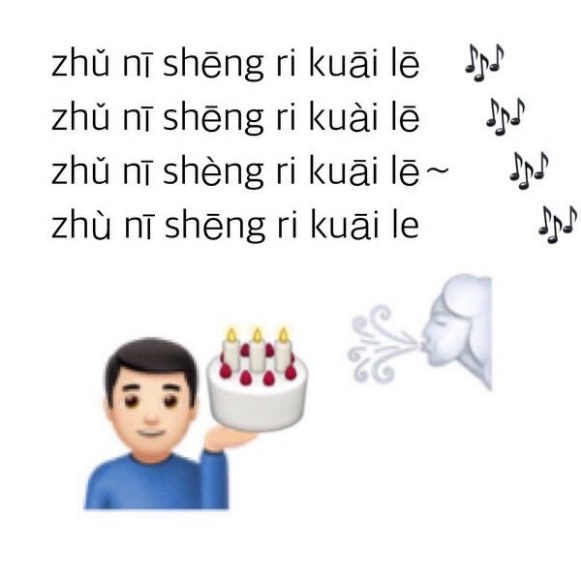Japanese Romanization: they still haven't decided, part 2
For a country that already has Chinese characters (kanji) and two syllabaries of its own (hiragana and katakana; see also furigana), judging from the ubiquity of romaji across the country, it would appear that they are well into the process of turning Latin letters into an integral component of their quadripartite writing system. Some may argue that they already have done so.
What's going on?
Why hasn't something similar yet happened in China (Vietnam's writing system is already clearly based on the Latin alphabet)?
"Akasi or Akashi? Hepburn Most Established of Japan’s Different 'Rōmaji' Systems", Nippon.com newsletter (11/2/22)
Signs on highways and at railway stations in Japan show place names in both Japanese and Roman letters, although the rōmaji system employed can vary. The Hepburn system dominates, but the Kunrei and Nihon systems are also seen around the country.
Read the rest of this entry »
